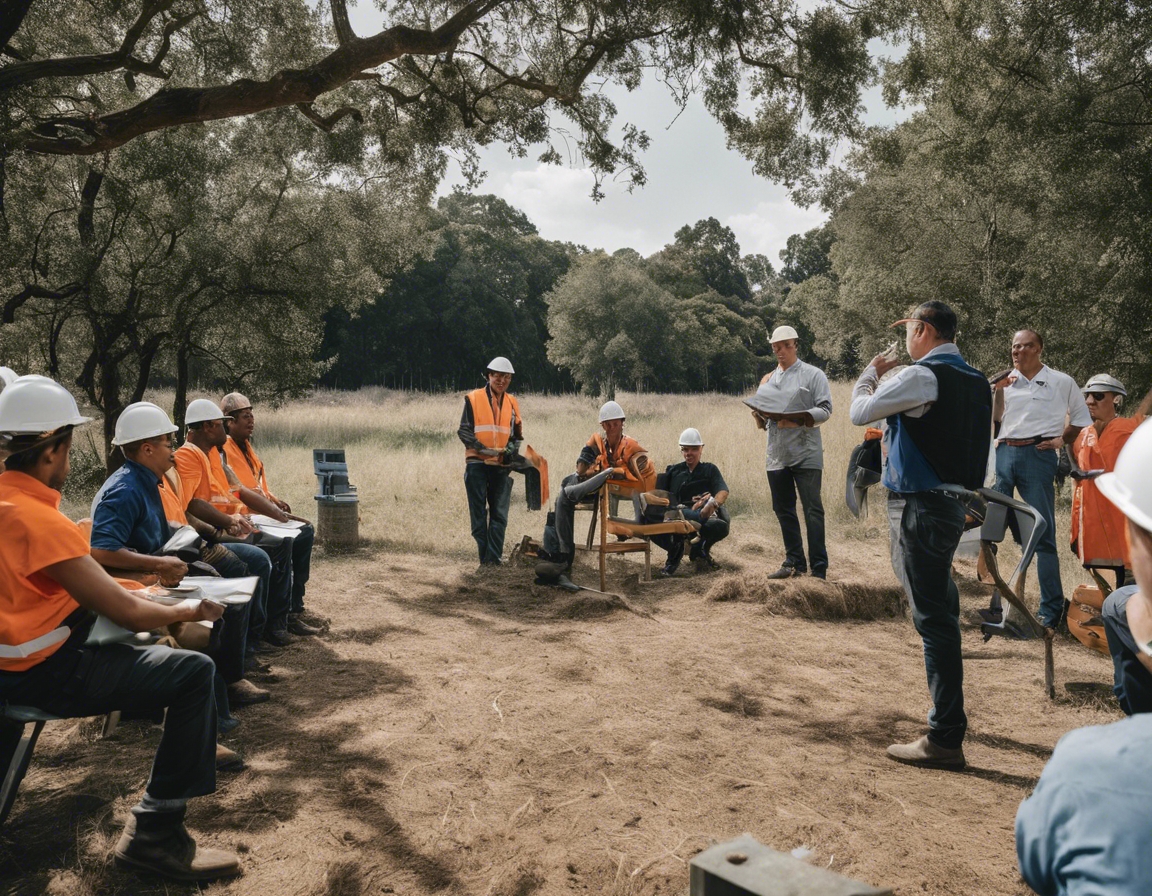Creating a culture of safety: tips and strategies
Creating a culture of safety within an organization is not just about compliance with regulations; it's about fostering an environment where every employee is genuinely committed to their own safety and that of their colleagues. A robust safety culture is the bedrock of a healthy workplace and is essential for preventing accidents and occupational illnesses.
A strong safety culture is characterized by a collective mindset where safety is valued and prioritized. It can lead to reduced workplace incidents, increased productivity, and higher employee morale. Moreover, it can significantly reduce costs associated with accidents and insurance premiums.
The key components of a safety culture include leadership commitment, employee involvement, risk assessment, communication, and continuous improvement. Each element plays a critical role in building and maintaining a culture that values safety above all.
Leadership and Management Commitment
Leadership commitment is the cornerstone of a safety culture. Management must lead by example, demonstrating a genuine concern for safety and setting clear expectations for safe behavior.
Leaders must also provide the necessary resources, including time, training, and equipment, to ensure employees can work safely. This includes investing in safety programs and initiatives that reinforce the company's commitment to safety.
Employee Involvement and Empowerment
Employees should be encouraged to take an active role in safety procedures and to speak up about potential hazards without fear of reprisal. Their involvement is crucial for identifying risks and developing practical solutions.
Providing comprehensive training and education ensures that all employees are equipped with the knowledge and skills to perform their jobs safely. This includes regular updates as processes and regulations change.
Communication Strategies
Clear, consistent communication about safety policies, procedures, and expectations is vital. It ensures that everyone is on the same page and understands their role in maintaining a safe work environment.
Maintaining open lines of communication allows for the free flow of safety-related information throughout the organization. This includes not only top-down messages but also bottom-up feedback from employees.
Risk Assessment and Proactive Measures
Regular risk assessments are necessary to identify potential hazards before they lead to incidents. Proactive measures, such as safety audits and preventive maintenance, can then be implemented to mitigate these risks.
A culture of safety is never static; it requires ongoing evaluation and improvement. This involves regularly reviewing safety practices, learning from incidents, and making necessary adjustments.
Recognition and Reward Systems
Recognizing and rewarding safe behavior reinforces the importance of safety and encourages continued adherence to safety practices. This can be done through formal recognition programs or informal acknowledgments.
While positive reinforcement is important, there must also be a system of accountability for unsafe actions. This helps to maintain a serious commitment to safety standards across the organization.
Integrating Safety into Business Operations
Integrating safety objectives with business goals ensures that safety is not seen as separate from the company's overall mission but as an integral part of it. This alignment helps to embed safety into the fabric of the organization.
Regularly measuring and monitoring safety performance through metrics and KPIs allows for tracking progress and identifying areas for improvement. This data-driven approach helps to maintain a focus on safety outcomes.






Comments (0)